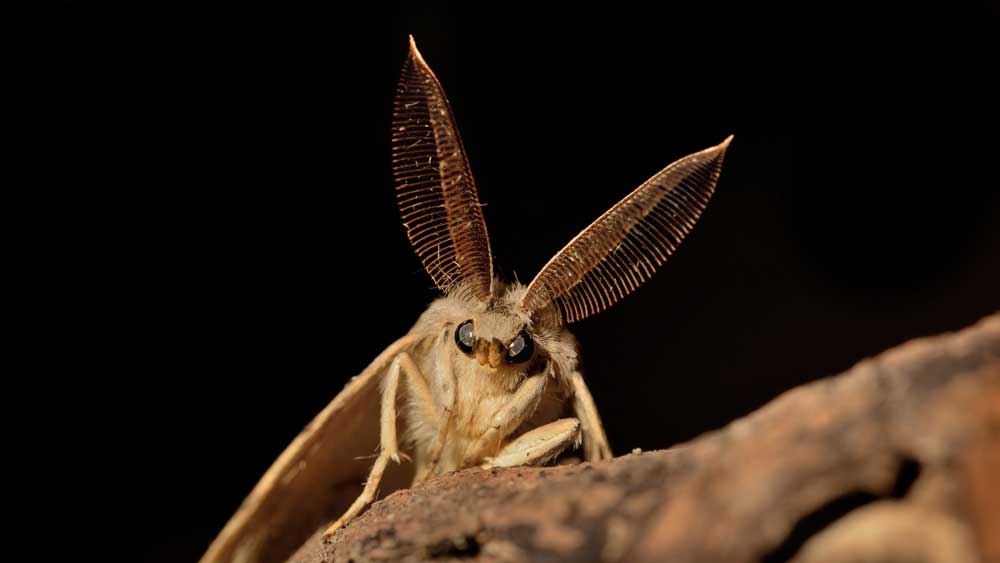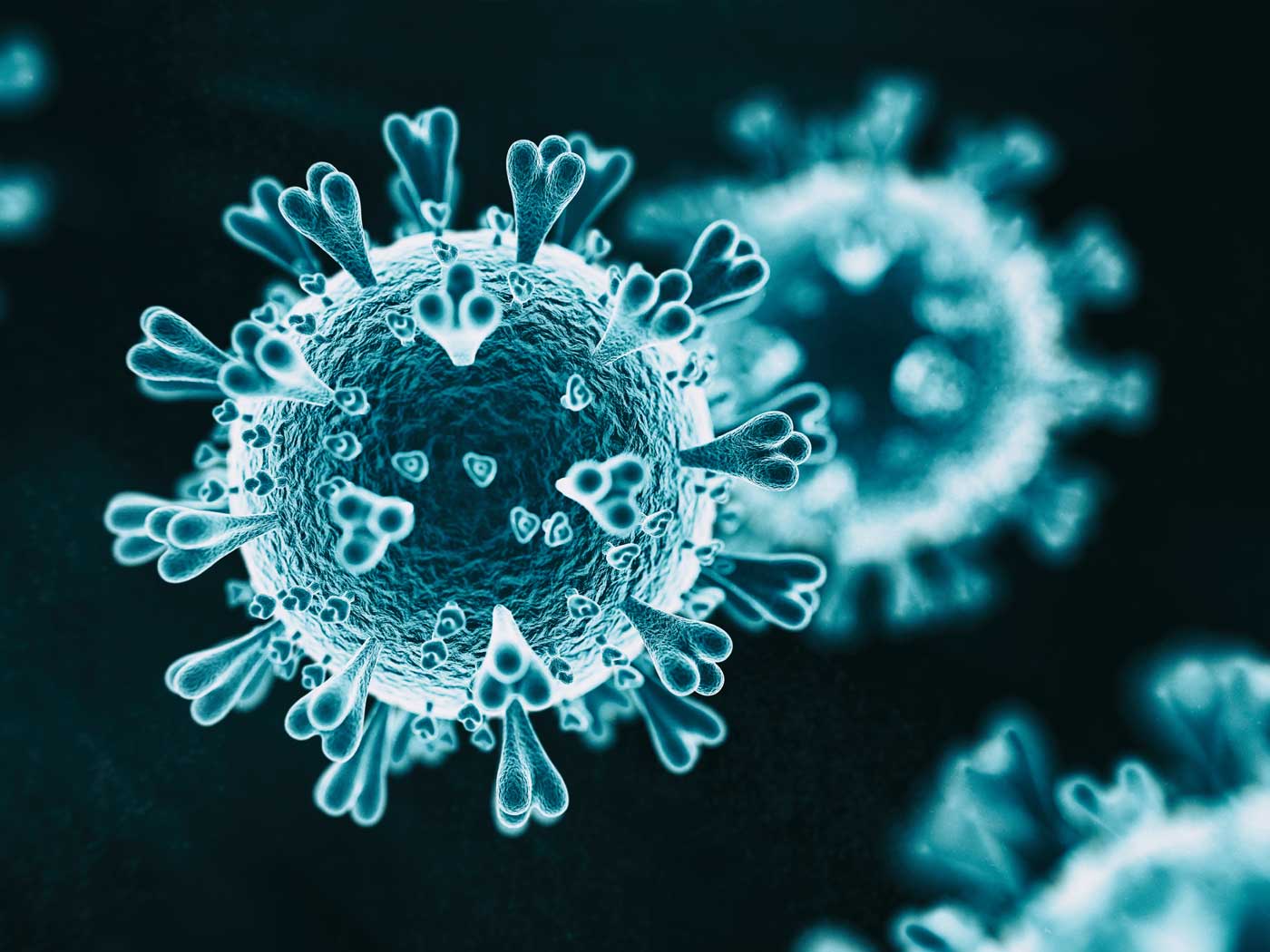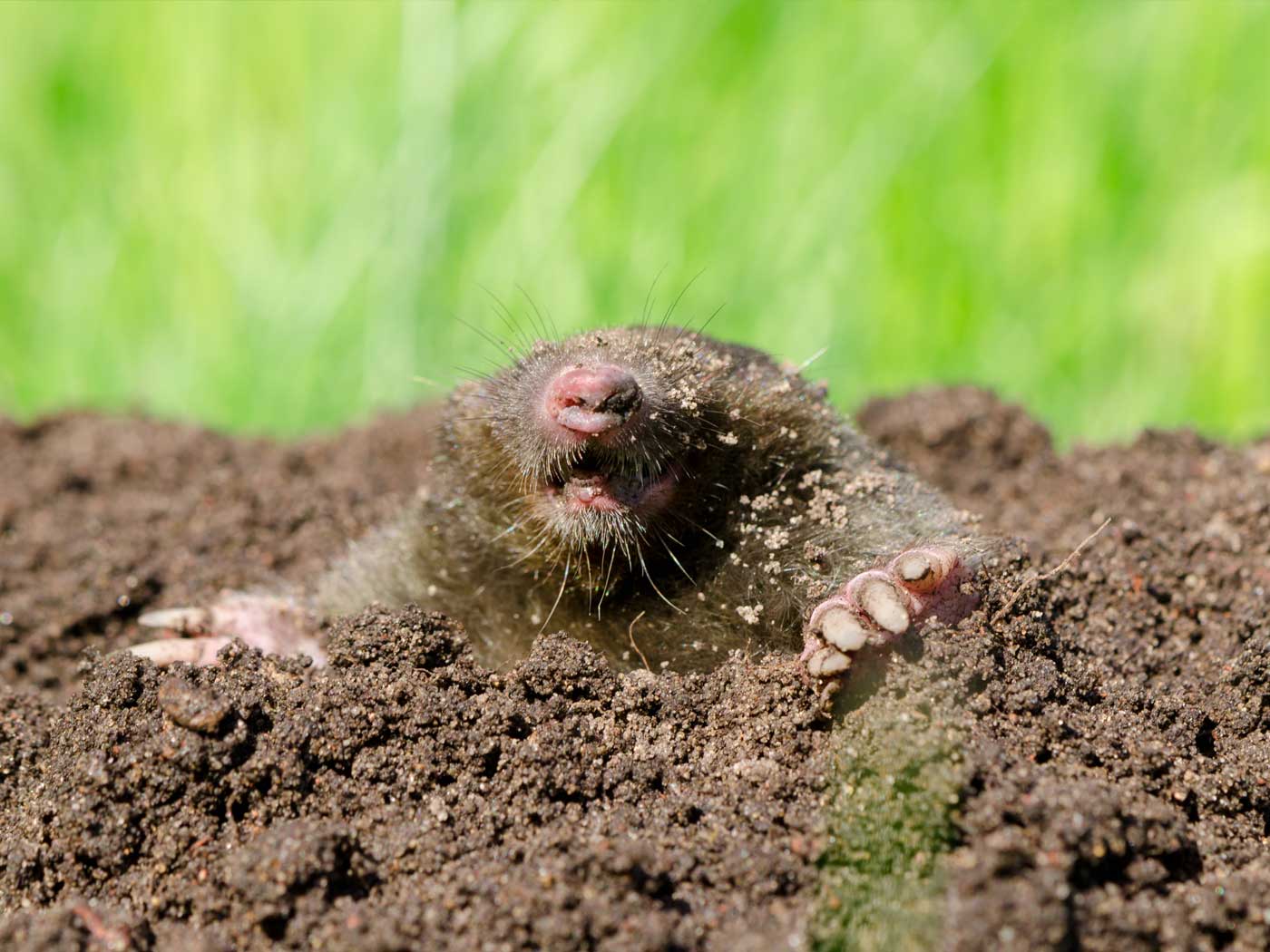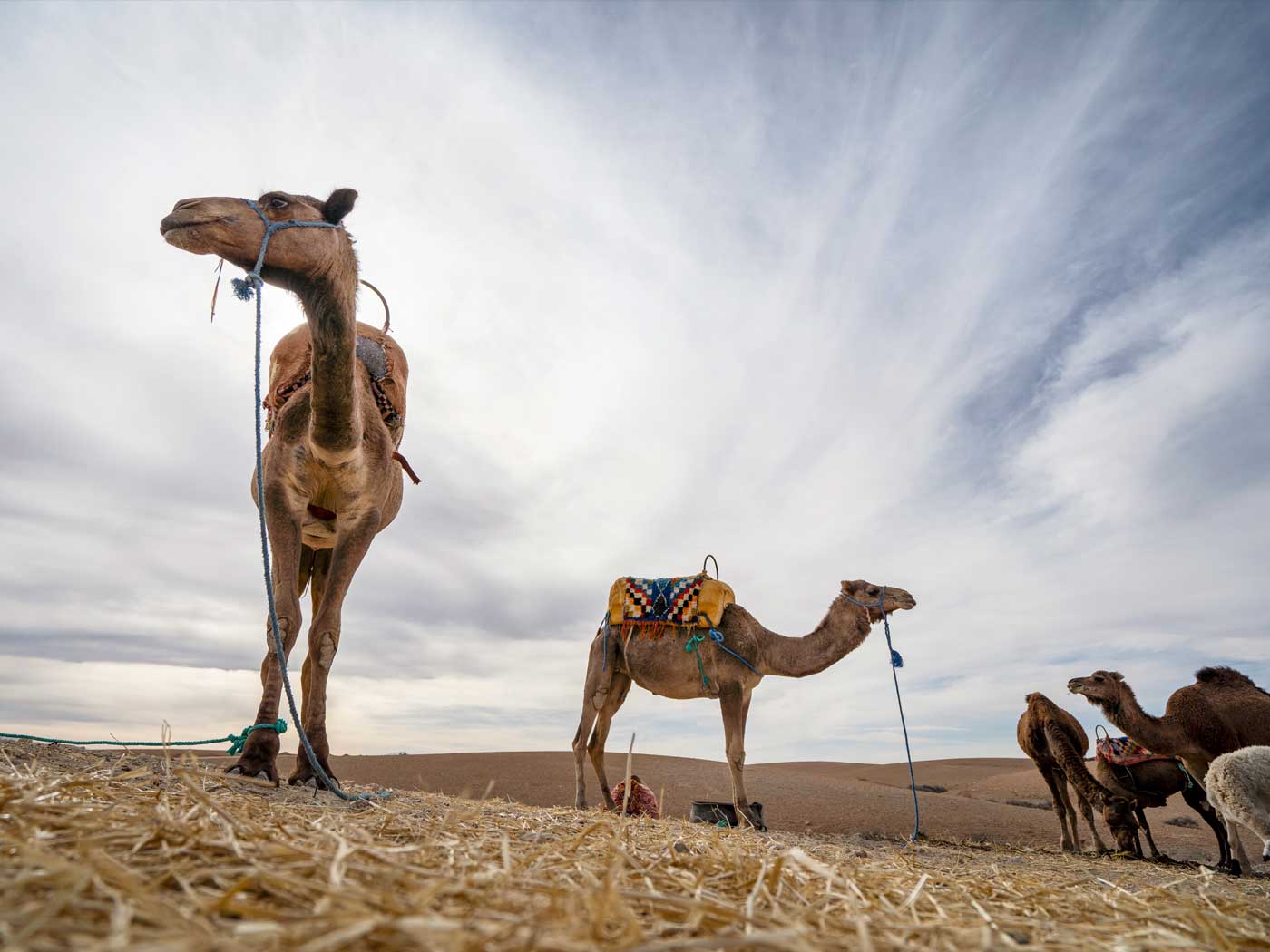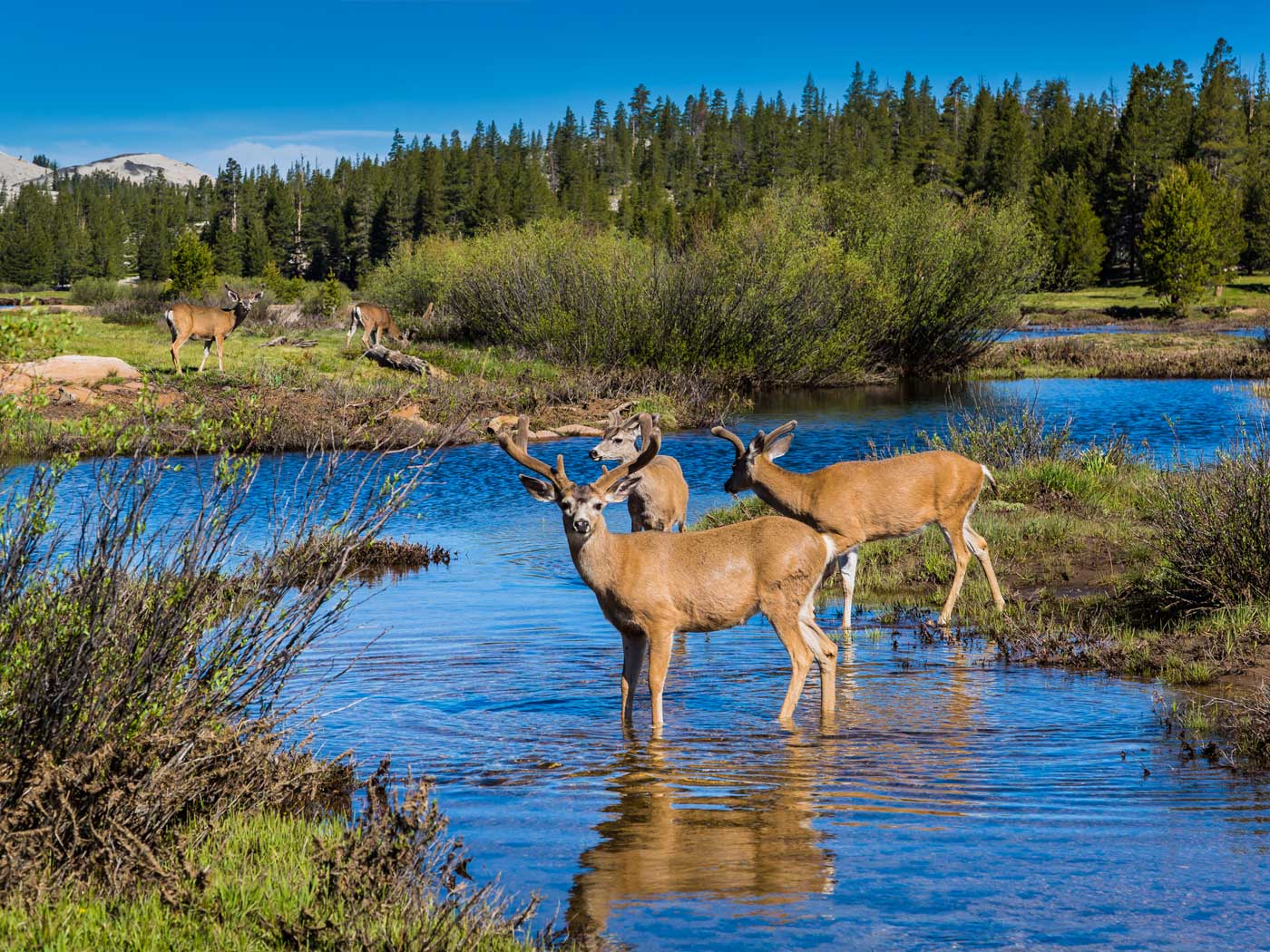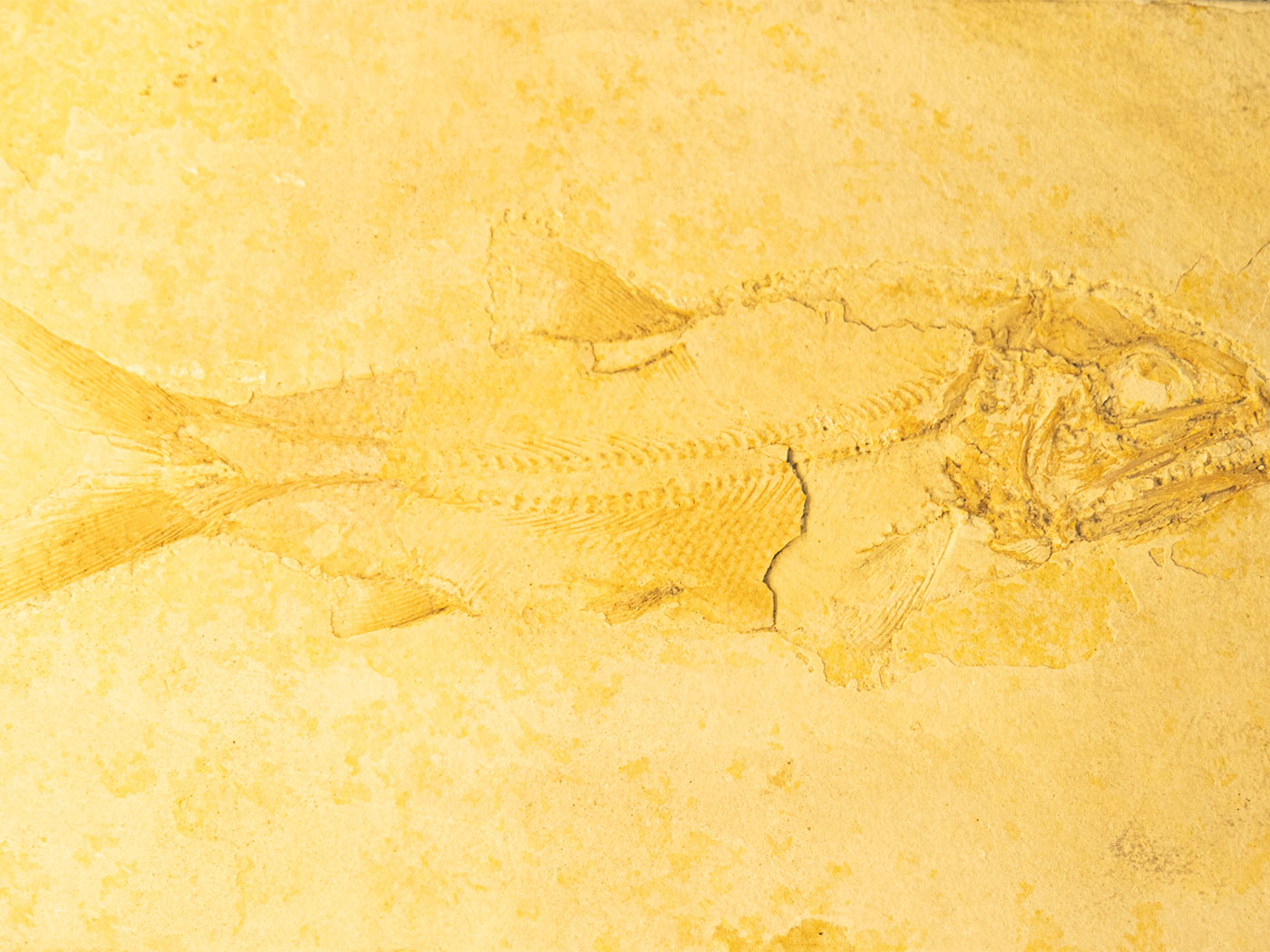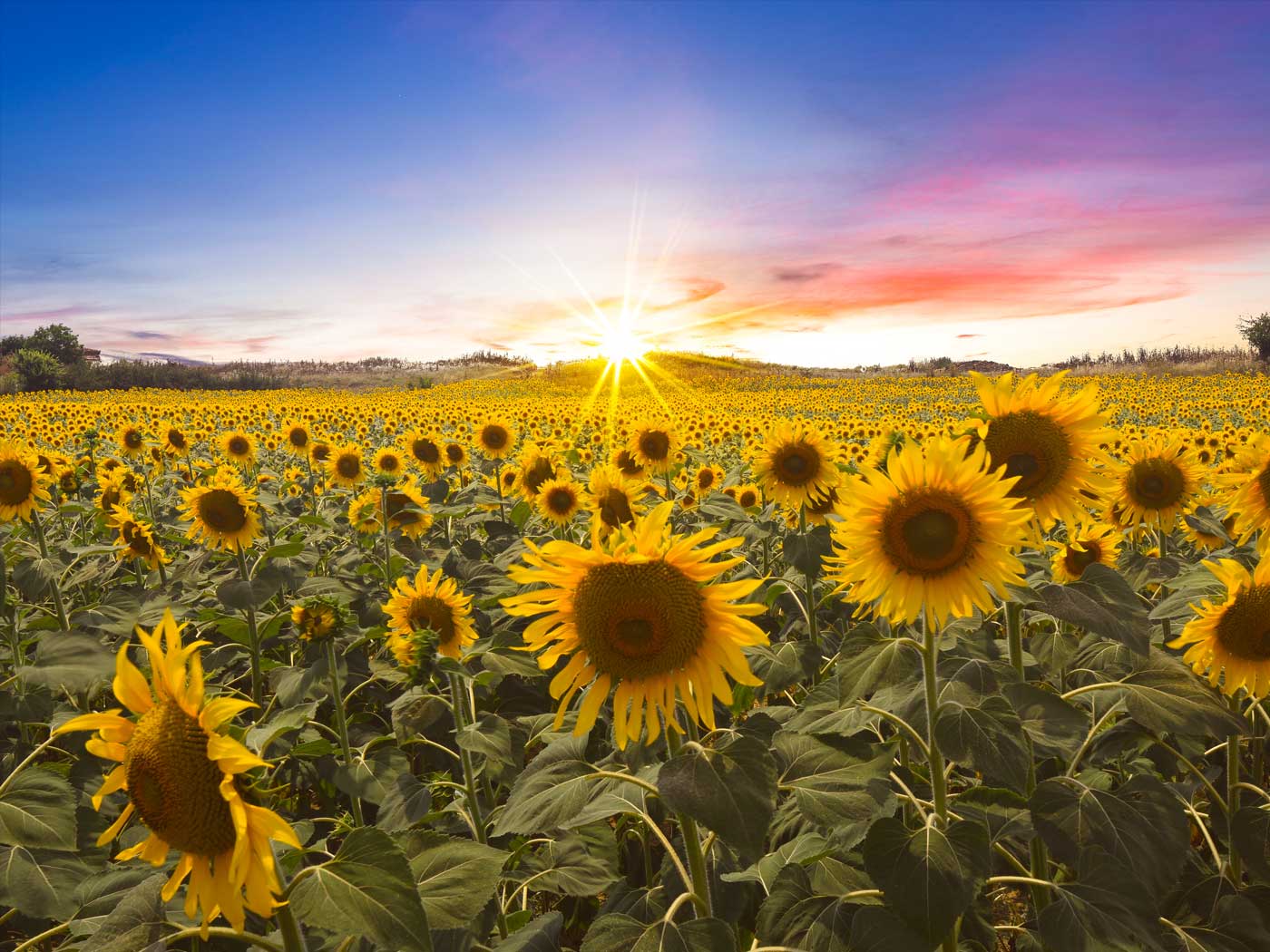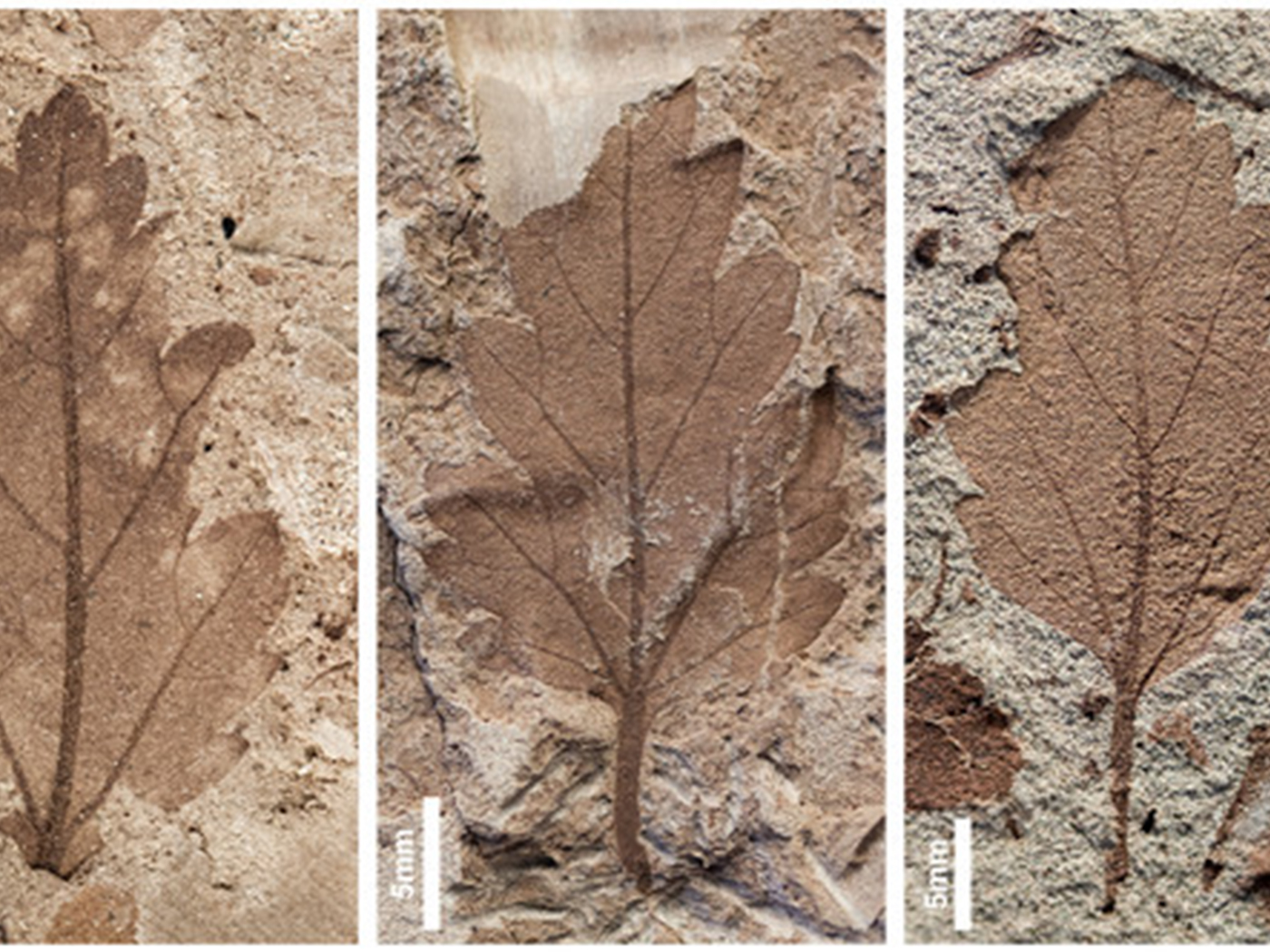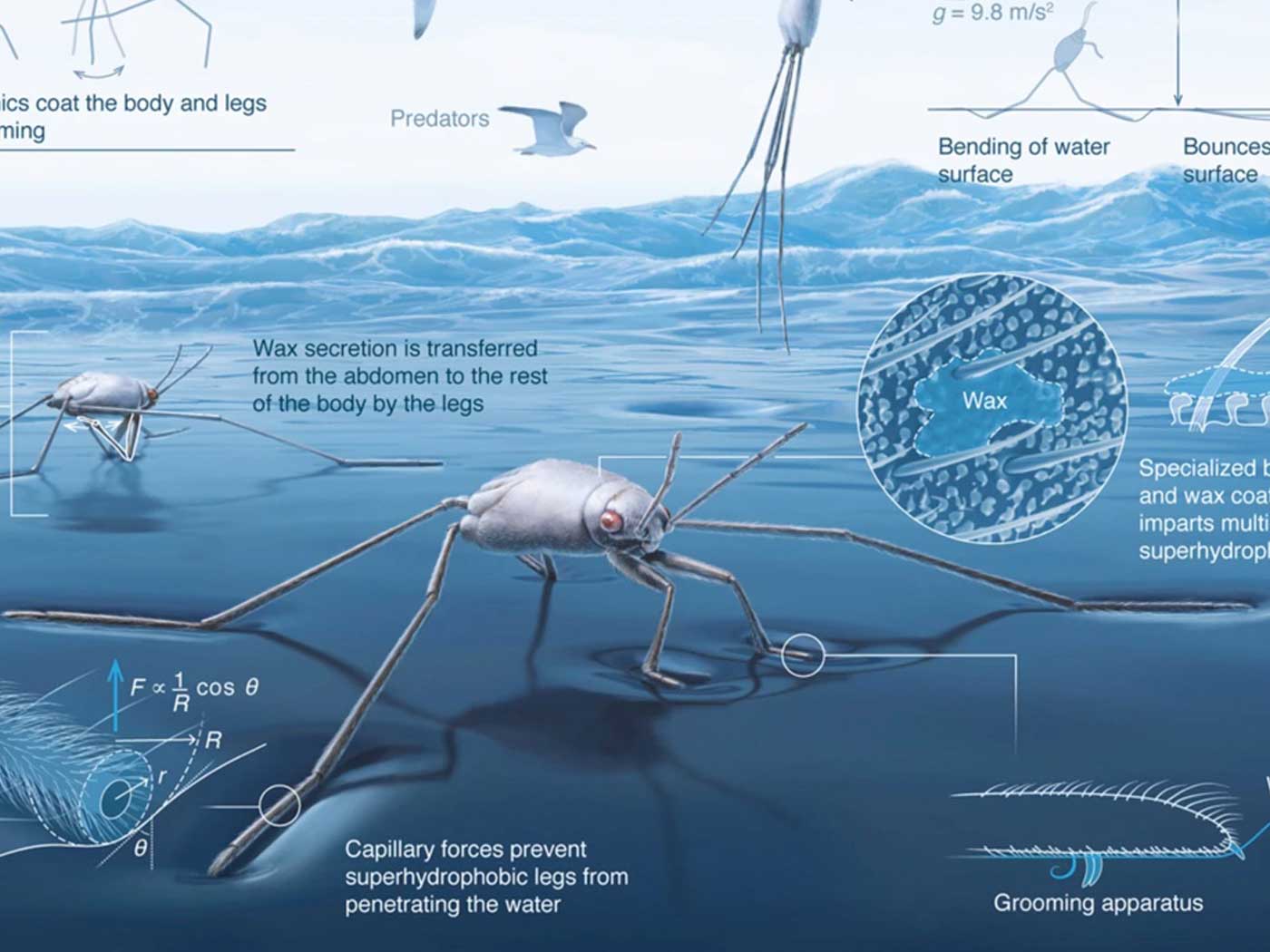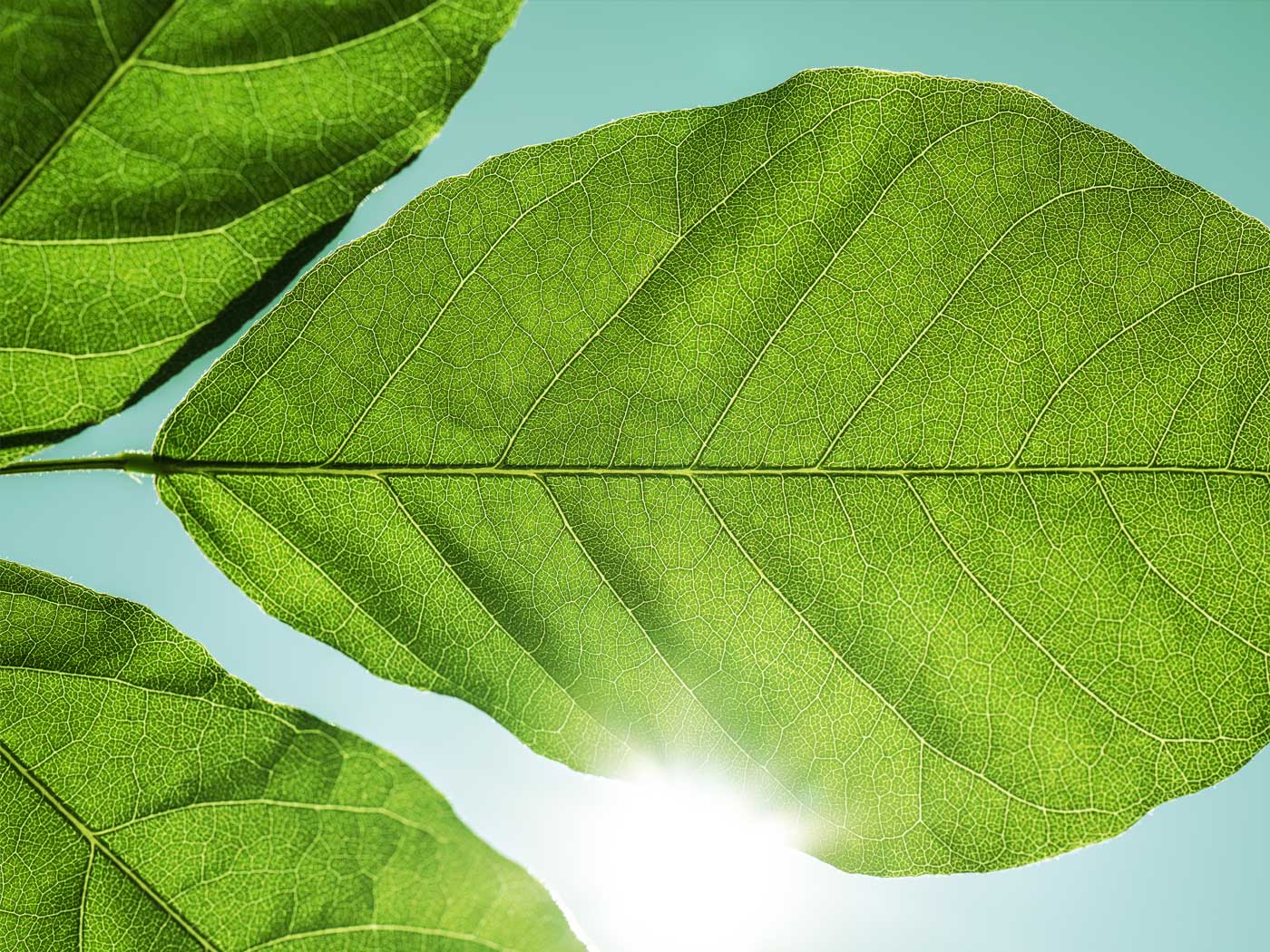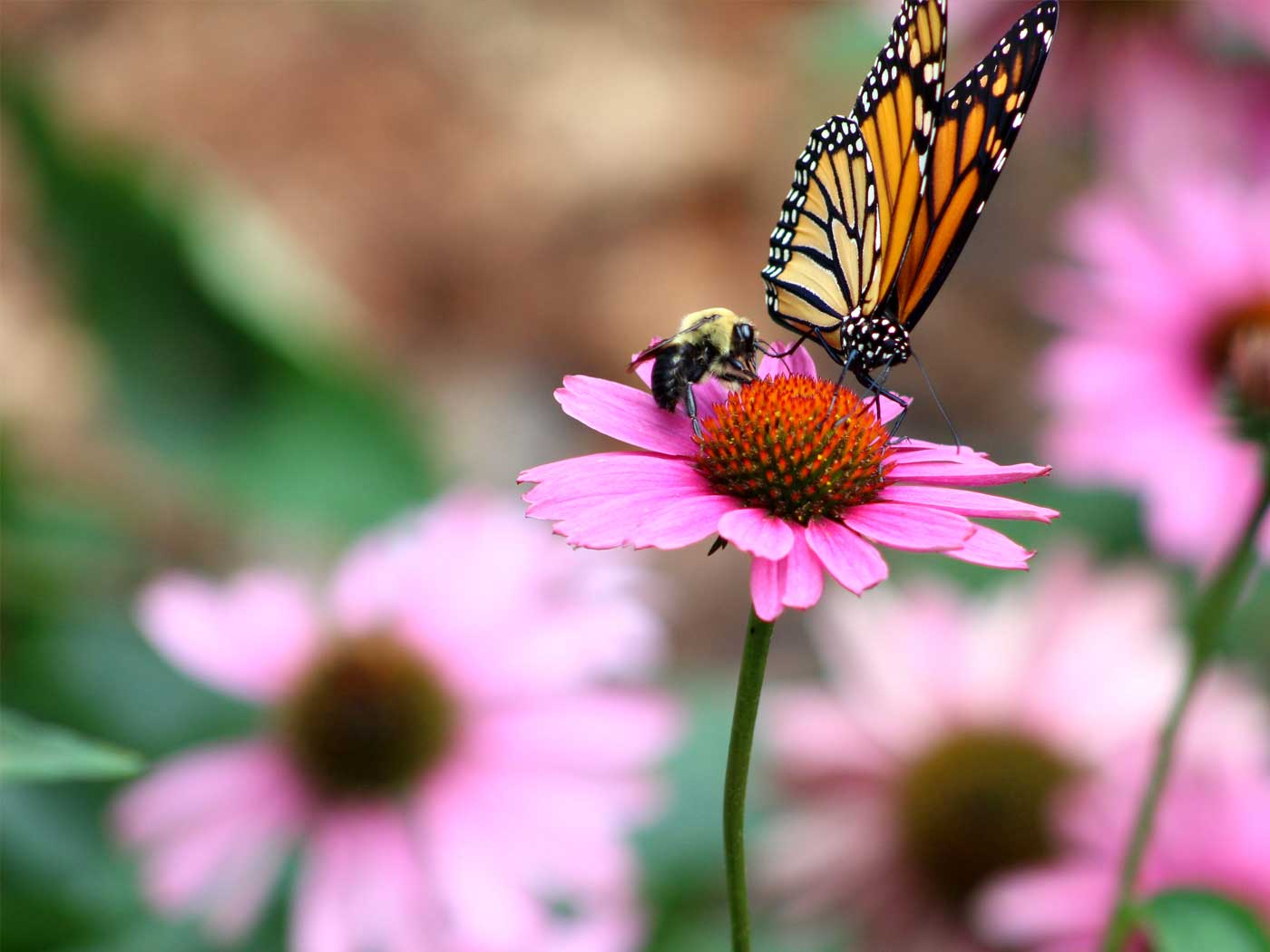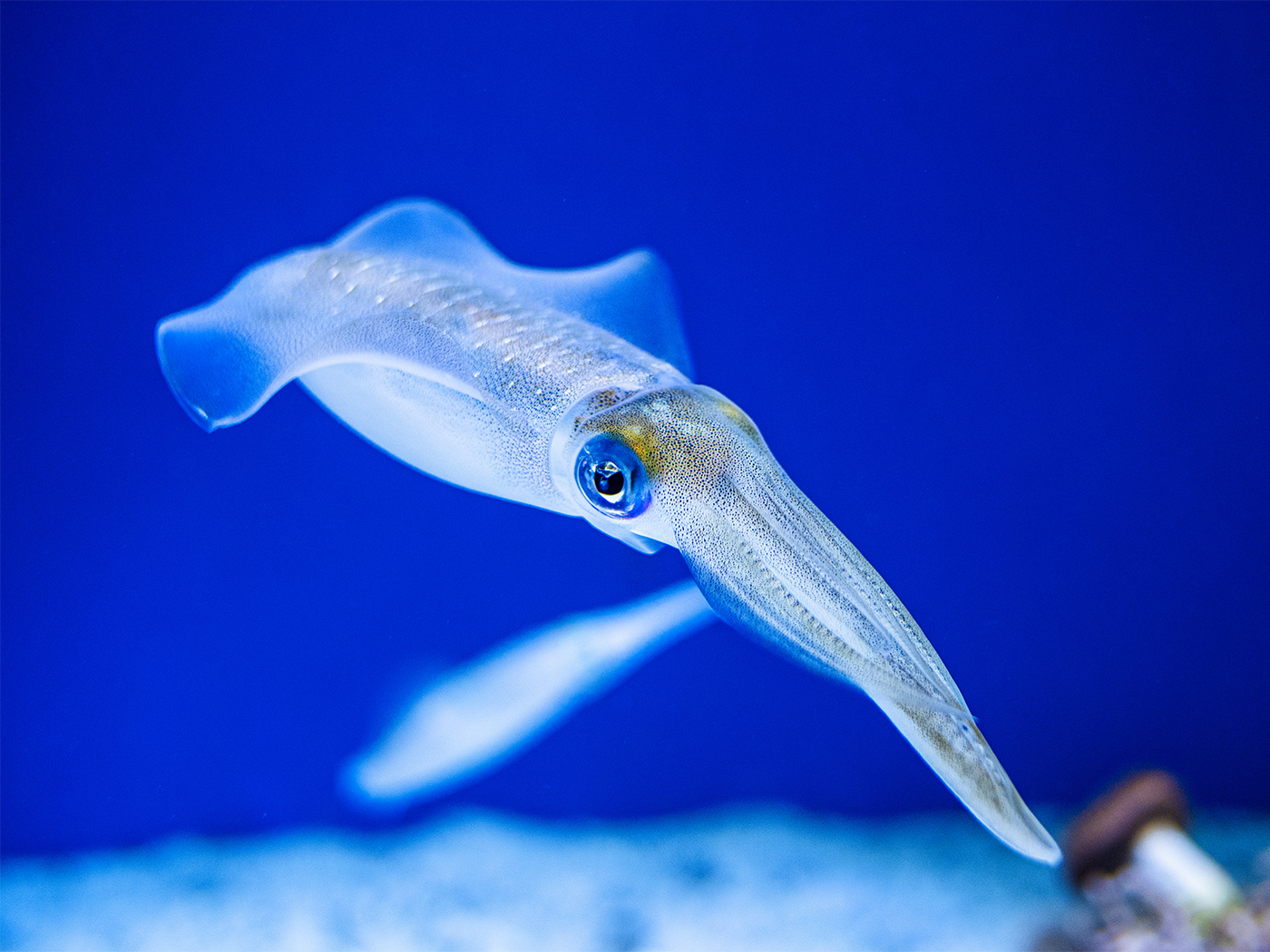Pollinators are an important part of the global ecosystem and also one of the key features of successful agriculture. In fact, it has been estimated that approximately 30 percent of the food and fiber crops grown around the globe depend upon pollinators like bees, butterflies, and other insects for reproduction.2 The fruits and seeds from these different pollinated crops provide 15 to 30 percent of the foods and beverages that humans consume.
New research just published in the journal Biology Letters shows that pollen transport networks for moths in the dark hours of the night are larger and even more complex than networks for daytime pollinators such as bees. The scientists discovered that the moths transport pollen between a large number of plants visited during the day by bees, hoverflies, and butterflies. And not only was this eye opening, but the moths also pollinated the flowers of plants not typically visited by typical daytime insects.
The research also revealed that the pollen transport occurred most frequently on the hairy thorax (chest) of the moths, rather than on the proboscis (tongue) which allowed it to be easily transferred between plants. One of the researchers noted,
Previous studies of pollen transport among settling moths have focused on their proboscis. However, settling moths sit on the flower while feeding, with their often distinctly hairy bodies touching the flower's reproductive organs. This happy accident helps pollen to be easily transported during subsequent flower visits.3
I would add that this is not a “happy accident” of evolution, but the creative ingenuity of our mighty God in designing these moth bodies and innate behaviors for such a specific purpose.
In stating the importance of the new data, the lead author of the report, Richard Walton, also said,
Nocturnal moths have an important but overlooked ecological role. They complement the work of daytime pollinators, helping to keep plant populations diverse and abundant. They also provide natural biodiversity back-up, and without them many more plant species and animals, such as birds and bats that rely on them for food, would be at risk.3
Once again, I would say this is the obvious providential design of God - who created the diversity of moths to sustain the ecosystem in multiple ways. Walton also went on to say,
In recent decades, there has been a lot of science focus on solitary and social bees driven by concerns about their dramatic decline and the strong negative effect this has had on insect-pollinated crop yields. In contrast, nocturnal settling moths—which have many more species than bees—have been neglected by pollination research. Our study highlights an urgent need for them to be included in future agricultural management and conservation strategies to help stem declines, and for more research to understand their unique and vital role as pollinators, including their currently unknown role in crop pollination.3
When most people think about moths, the first thing that comes to their minds is the pesky critters that hover around their porch light at night or perhaps fly through cracked doors as unwanted house guests. But in reality, moths have proven to be the unappreciated powerhouse pollinators that take the night shift while we are all sleeping. Once again, ecological research has shown that the Creator’s complexity not only exists within the amazing design of individual creature systems, but also in their complex and critical biological networks. These networks operate at systems of interdependence and levels of complexity that we are only just beginning to understand. Psalm 150:2 aptly says, “Praise Him for His mighty acts; Praise Him according to His excellent greatness!”
References
1. Walton, R.E., C.D. Sayer, H. Bennion, J.C. Axmacher. 2020. Nocturnal pollinators strongly contribute to pollen transport of wild flowers in an agricultural landscape. Biology Letters. 16 (5): 20190877.
2. Pollinators 101. Native Pollinators in Agriculture Project. Posted on agpollinators.org, accessed May 19, 2020.
3. Staff Writer. Moths have a secret but vital role as pollinators in the night. University College London. Posted on ScienceDaily.com May 12, 2020, accessed May 21, 2020.
*Dr. Tomkins is Life Sciences Director at the Institute for Creation Research and earned his doctorate in genetics from Clemson University.




